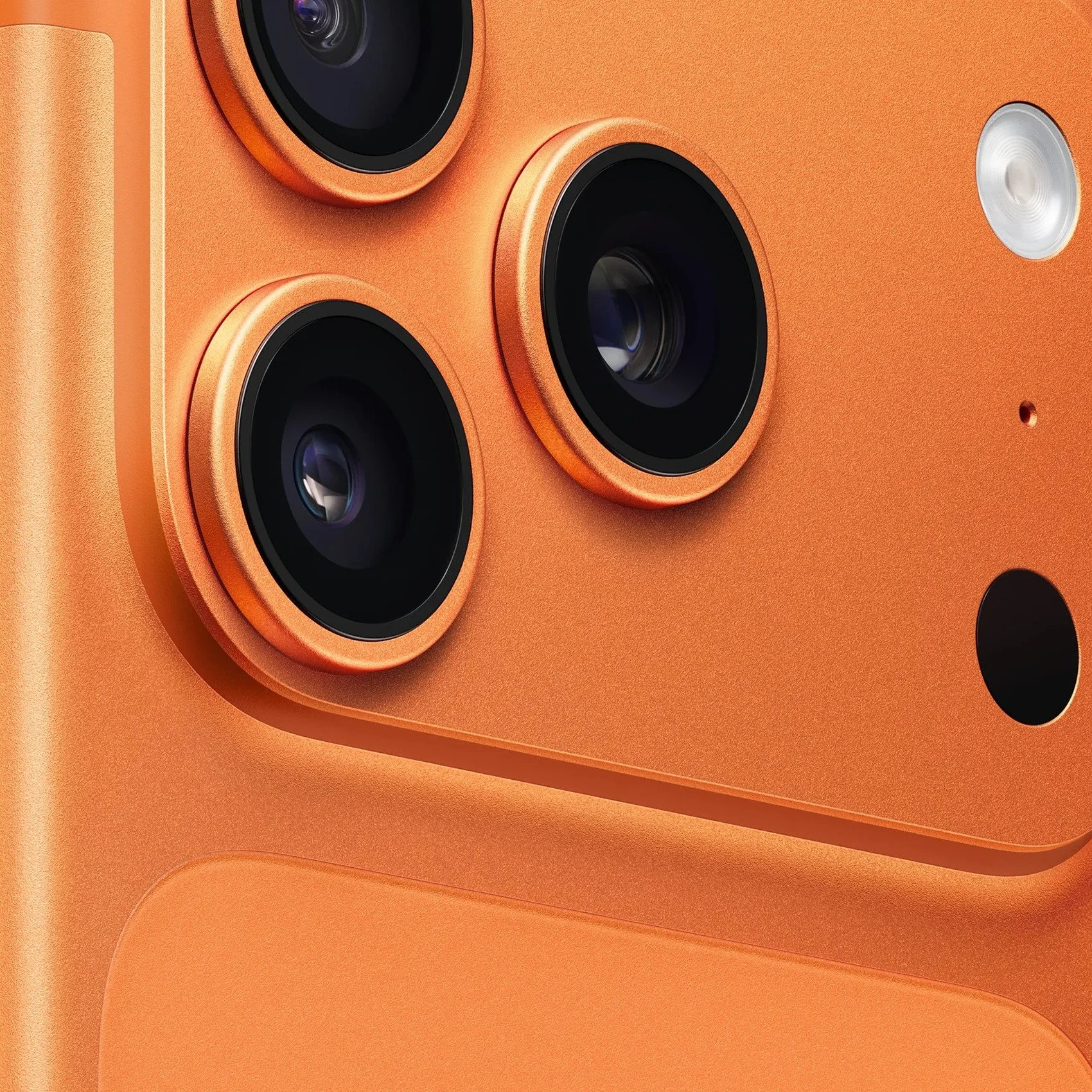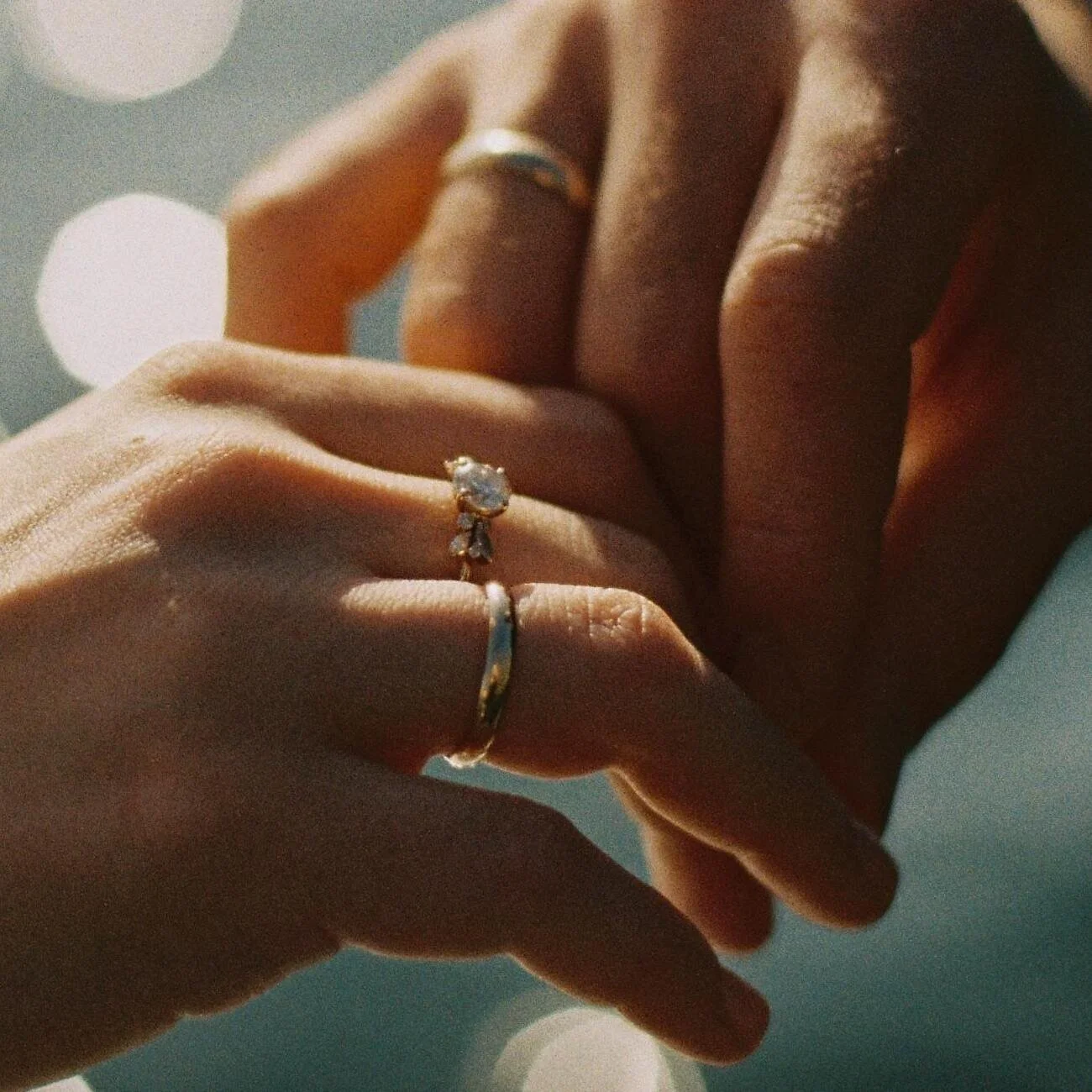Improve Your Flower Photography With These Ideas
Flowers aren't just beautiful. They present ideal opportunities for photographers of all levels.
They can be the ideal model and subject. (You won't hear them complaining!)
They come in a variety of sizes, colors, patterns, shapes, and textures.
They are very accessible, either in nature or for purchase.
Whatever your photography experience, they offer an excellent opportunity to practice and hone your skills.
If you are interested in giving it a try, read on for some tips on photographing flowers.
Macro
If you don't already own a macro lens, we suggest you get your hands on one. They allow you to photograph from a far more intimate perspective that can be ideal for all kinds of flowers - or any flora, for that matter. Macro lenses aren't the cheapest, so you might consider using a magnifying filer or extension tube. They're much less expensive than buying a macro lens. Note that some smartphone cameras have a macro setting.
Change the Angle
The secret to great photography is often in the angle of the shot. You don't have to shoot flowers from straight on. Try shooting high to low or vice versa. You might be surprised how a unique angle can transform the image from typical to extraordinary.
Tripod and Remote Trigger
Yes, you should consider using a tripod and a remote trigger, especially if you're shooting with a macro lens. It can make a big difference! The slightest camera shake can ruin the shot. When you're working with small apertures and short distances, this is especially true.
Depth of Field
If you want the flower to be the star, use a shallow depth of field. This allows the flower to be in focus while the background is softly blurred. Start by focusing on a particular aspect, such as the flower's center or stamen. You can read more on the depth of field in this previous blog post.
Moisture
Early morning dew or raindrops captured on petals can be beautiful, delicate, and add texture. You can also add your own moisture using a spray bottle.
Use Negative Space
Floral designers know how critical negative space can be to a floral arrangement. It's the same with flower photography. For a darker look, isolate the flower or flowers using a black or dark backdrop. For a lighter look, use a white or colorful background. Remember not to overwhelm the eye by creating an image that's so busy that the eye doesn't know where to land!
Consider movement
Don't forget that flowers and plants can move because of the wind. No tripod in the world an stop a flower from blowing in a breeze. Getting the right angle while shooting in the field can be pretty tricky sometimes. And, lastly, sometimes other flowers are getting in the way of your shot. To help, use a plant clamp (plamp). It helps secure the flowers to give you some flexibility with angles. This is a handy tool to have on hand!
Work with the Sun
The rule of shooting outside of bright, midday sun applies when working with flowers. However, sunlight can create exciting effects if used correctly and artistically. We've all seen images of sun rays casting light like a lamp onto something in nature. These can be phenomenal images, but it might take some practice until you get the right shot.






















